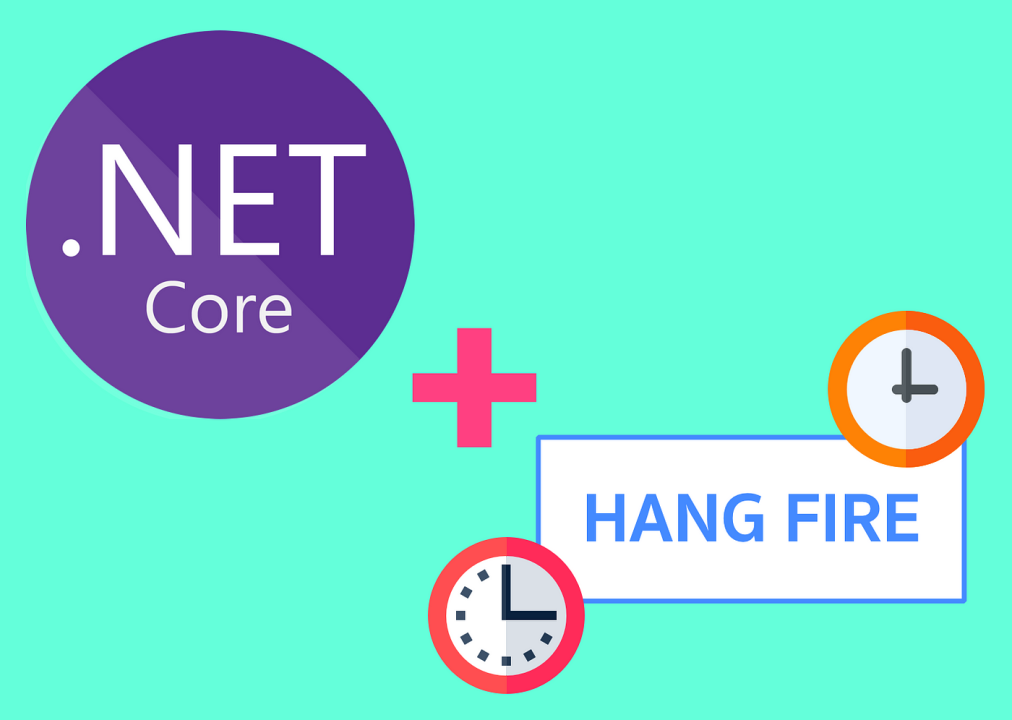Hangfire uses several tables to manage and process background jobs. These tables are created in the database that you specify when you configure Hangfire. If you don’t see these tables in your database, it could be because Hangfire hasn’t been properly configured or hasn’t had a chance to create the tables yet.
Here are the tables that Hangfire should create:
HangFire_Job: Contains all the background jobs. Each row represents a job.HangFire_State: Contains all the states that a job has been in. Each state change creates a new row in this table.HangFire_Server: Contains information about the Hangfire servers.HangFire_JobParameter: Contains parameters for the jobs.HangFire_JobQueue: Contains jobs that are to be processed.HangFire_Set: Contains simple key-value pairs.HangFire_List: Contains data for jobs that are fetched by a first-in-first-out (FIFO) strategy.HangFire_Hash: Contains data for jobs that are fetched by a last-in-first-out (LIFO) strategy.HangFire_Counter: Contains counters for jobs.HangFire_AggregatedCounter: Contains aggregated counters for jobs.HangFire_Lock: Contains information about distributed locks.HangFire_Schema: Contains information about the Hangfire schema.
These tables are created automatically when you start your application if they do not already exist. If you don’t see these tables in your database, please double-check your Hangfire configuration to make sure you’re connecting to the correct database and that Hangfire has the necessary permissions to create tables.
